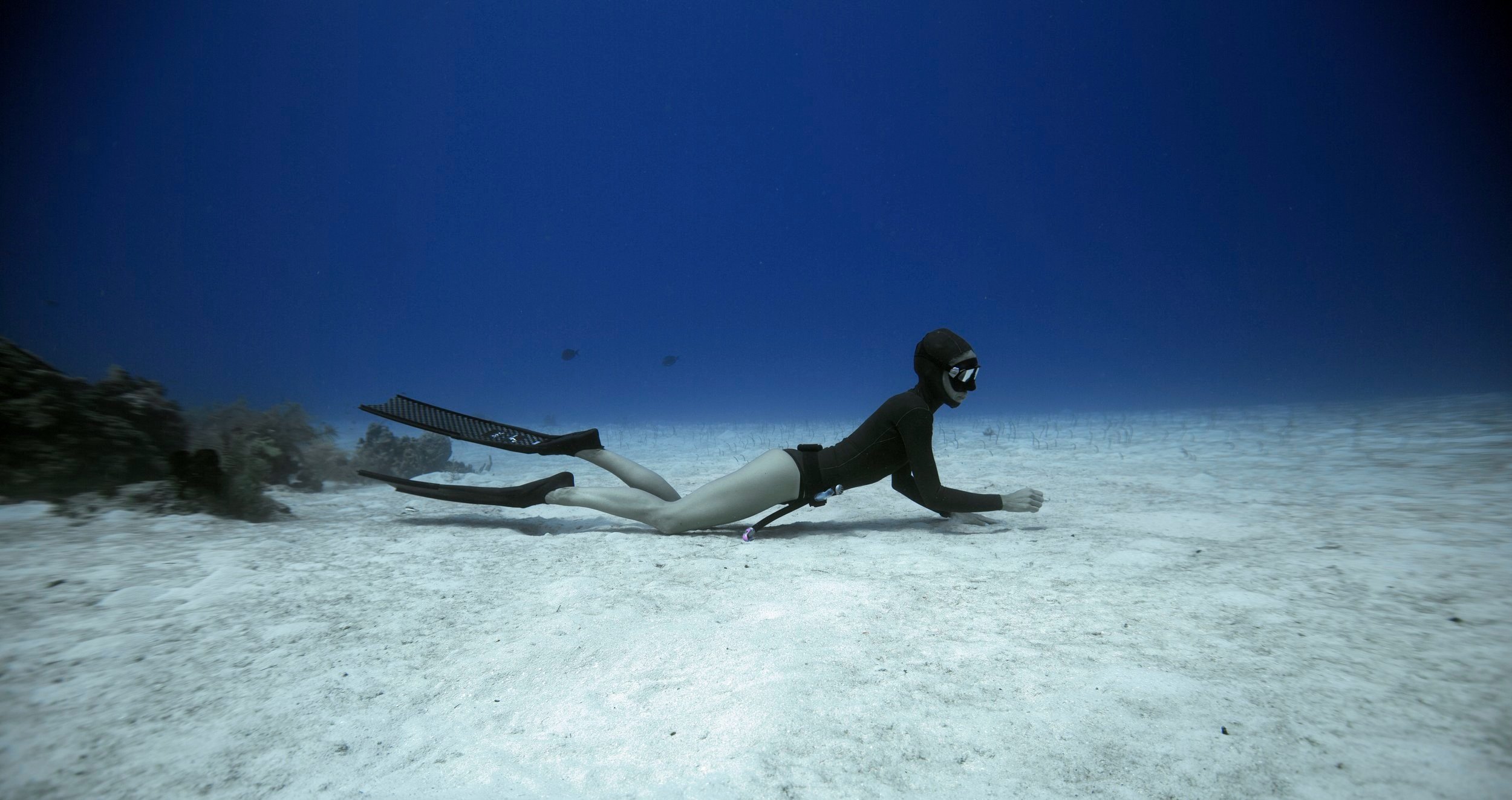
Apnea Total & Molchanovs – Which Freediving Course is Right for You?
At Orenda Freediving we teach both Apnea Total and Molchanovs, and students often ask: what’s the difference?
The truth is, both systems are great, it just depends on what kind of learning experience you want.
Apnea Total
Super relaxed and flexible.
No pressure with exams or performance tests.
Focus is on comfort, fun, and personal goals.
Perfect if you want to explore freediving at your own pace without worrying about numbers.
Molchanovs
More structured, with clear steps (called Waves).
Each level has performance requirements for depth, static, and dynamic.
Includes “Dynamic No Fins” from the very beginning (that’s the extra bit many divers love).
Comes with access to the Molchanovs online training platform, so you can keep learning long after your course.
So which should you choose?
If you’re after a stress-free introduction where you learn as you go → Apnea Total.
If you like a clear roadmap, structured training, and measurable progression → Molchanovs.
Either way, you’ll get the same supportive Orenda Freediving experience - safe, fun, and personalized to you.
Apnea Total
Beginner Freediver
• Target depth: 12–20 m FIM/CWT
• Rescue: 6 - 10 m (requirement)
• No exams, relaxed focus on safety & comfort
Intermediate Advanced Freediver
• Target static: ~3:00 +
• Max depth: 25–30 m
Exhale dives up to 22m, full-lung up to 30–40 m)
DYN (optional)
Master Freediver
• Target static: 4:00+ (often much more with training)
• Target depth: 35-40 m+ (individual progression)
• Rescue: 20–25 m
• Flexible training, daily workshops, assisting instructors
Stamina test
CNF
Monofin
DNF
Molchanovs Requirements
Wave 1 (Beginner)
Pool:
STA: ~1 min 30 sec
DYNB (dynamic with bifins): 30 m
DNF (dynamic no fins): introduced in technique only - not a performance requirement
Open Water:
CWTB (constant weight with bifins) & FIM (free immersion): 12–20 m
Rescue & buddy skills with CWTB: 6–10 m
CWTB rescue of a blacked-out freediver: 6–10 m
Wave 2 (Intermediate)
Pool:
STA: ~2 min 30 sec
DYNB: 50 m
DNF: 35 m (pool performance)
Dynamic Monofin (DYNM):
The Monofin technique is introduced in pool or shallow water. However, not a performance requirement
Open Water:
CWTB & FIM: 24–30 m
CNF: 15 m
Buddying/rescue with CWTB: 10–15 m
Wave 3 (Advanced)
Pool:
STA: ≥ 3 min 30 sec
DYNB: 75 m
DNF: 50 m
Open Water:
CWTB & FIM: ≥ 34 m
CNF: 25 m
Buddying: 20 m
Rescue: 20 m
Surface tow: 20 m
Quick Takeaway for Students
Apnea Total → flexible, no exams, numbers are targets not requirements. Great for those who want a relaxed, personal approach.
Molchanovs → structured “Wave” system with clear performance benchmarks. Perfect if you want measurable progression and ongoing training tools.



